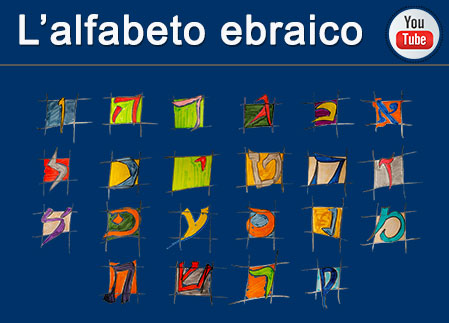The Council of Christians and Jews (Victoria)
Australia 1994
The death of Jesus is of central importance in the Christian understanding of the divine process of redemption. It is not surprising, therefore, that the accounts of the trial and death of Jesus in the four gospels provide us with an unusual degree of common material. Nevertheless individual traits are also clearly evident. Not the least of these is the disagreement on the identification of those who were responsible for bringing Jesus before Pontius Pilate. It is also of importance that both Luke and John fail to mention any role played by the Jewish Sanhedrin. Nor do the synoptics mention any involvement on the part of the Pharisees (compare John 18:3).• No clear reconstruction of what actually took place and who it was precisely who participated in the events is possible on the basis of the extant evidence. What we have before us in the gospels are not eyewitness accounts. The material with which we have to work has been transmitted over a fairly lengthy period during which, in an atmosphere of apologetic and polemic, the nascent church attempted to assert its claims within an empire controlled by the Romans and in the face of opposition from a virile Judaism. What is clear is that Jesus was arraigned before the Roman prefect, Pontius Pilate, on the charge of sedition against the empire and that he was put to death by the Roman method of crucifixion. The synoptic gospels show that this was carried out by Roman soldiers.
• Yet, and this is the crux of the matter, history has absolved the Romans and laid the blame for the death of Jesus, not merely on some Jews (say, those religious leaders such as the High Priest who were inclined towards and dependent for their offices upon Rome), but upon all Jews. Nor has this charge of responsibility for the death of the Christian Messiah, expressed often in terms of deicide, been restricted even to the contemporaries of Jesus. It has pursued all Jews, wherever they have lived, down through the centuries.
• The process of transfer of guilt from Romans to Jews is nowhere better illustrated than in an episode recorded only in Matthew’s gospel (27:24-26). There we are given the picture of Pontius Pilate, renowned for his corruption and brutality, observing what is, in fact, a Jewish custom, the washing of hands to remove the taint of guilt (see Deuteronomy 21:1-9). Moreover, he is depicted as meekly submitting to the demands of subject Jews, whom he usually treated with disdain, who take upon themselves voluntarily the responsibility for the Roman-style execution, through the Roman practice of crucifixion, of a prisoner arraigned before him on the Roman charge of sedition. The proclamation of the imminent kingdom of God, a central feature of Jesus’ preaching, would have alarmed the Roman authorities no less than it did the High Priest and his associates. Jewish culpability is heightened by the gospel writer’s identification of the participants as “the people as a whole”. It is they who cry out in unison “his blood be on us and on our children” (Matthew 27:25). Appearing where this cry does, in the text of Holy Scripture, it has assumed the status of a divinely authenticated admission on the part of Jews that it was they who were responsible for the death of Jesus. As has been mentioned above, the gospel accounts themselves indicate that the matter is a much more complex one than that.
• The public reading of the passion, trial and death narrative, without explanation of some of its intricacies and difficulties and its highly dramatized character, and the proclamation of it without consideration of the ongoing religious and political context, will perpetuate attitudes which, in the past, have caused great anguish and suffering within the Jewish community.
• When the death of Jesus is considered, the primary question to be asked is not who killed Jesus but what? One clear response of the Church is that he died for the sins of the world in accordance with the divine will. Any further response ought not be made without reference to matters such as those referred to above.
Excerpt from Rightly Explaining the Word of Truth: Guidelines for Christian Clergy and Teachers in their use of the New Testament with reference to the New Testament’s presentation of Jews and Judaism (1994).
556 visualizzazioni.
Inserito 01/01/1970
Relazioni Ebraico-Cristiane
Ultime novità nel sito
- 19/04/2020: Articolo - L’enigma della Maddalena
- 23/02/2020: Articolo - Il locus amoenus nelle catacombe ebraiche e cristiane di Roma
- 16/02/2020: Articolo - Il profetismo nel Vicino Oriente antico
- 13/02/2020: Articolo - I Profeti della Cappella Sistina
- 09/02/2020: Articolo - Gerusalemme e la Terra Santa di Israele


